It is now less than a decade until sales of pure internal combustion engines cease in the UK and the wholesale adoption of electrification marches forward. Still seems like a long way off, doesn’t it? Yet while nearly 10 years is a decent chunk of time for us, for car makers that 2030 date will be on them in the space of a single model cycle – the blink of an eye in automotive terms.
It means that the switchover to EVs is gathering pace quicker than you might think, with the result that, like the internet in the late 1990s, battery-engined vehicles will appear to segue from novelty to necessity almost overnight. More importantly, it’s at the more ‘affordable’ end of the market that the fastest changes are now occurring. The megawatt hypercars, premium brands and ambitious start-ups funded by eccentric entrepreneurs have stolen the headlines so far, but now it’s the turn of the mainstream makers to take the baton.
Leading the charge are Hyundai and Skoda, which have both recently launched family-friendly EVs with more than a hint of SUV about them in the form of the all-new Ioniq 5 and Enyaq iV. Both promise a range of around 300 miles, pack more than 200bhp and, in mid-spec guise, will cost in the region of £40,000. Impressive, but are these the sort of numbers that will convince budget-conscious family car buyers racked with range anxiety to make the leap to lithium ion power sooner rather than later? Let’s find out.
For those of us worried that an EV future will lead to a more homogenous approach to engineering, then on paper there’s nothing here that allays those fears.
![]()
Both are essentially underpinned by their respective brand’s EV ‘skateboard’ platform, featuring a rear-mounted electric motor and a battery pack that’s laid low on the floor between the axles for optimum weight distribution and packaging. In the case of the Hyundai, it’s the E-GMP platform that will be shared with sibling firm Kia for its EV6, while the Enyaq uses the Volkswagen Group’s MEB structure that has already seen service in the Volkswagen ID 3 and Audi Q4.
More expensive versions offer a front-mounted motor for four-wheel drive, but we’ve opted for rear-drive cars with the longest-range battery available: a £41,945 Ioniq 5 Premium with 72.6kWh on tap and a £39,365 Enyaq iV 80 touting 77kWh.
So far, so predictable. However, the Ioniq 5 has some tricks up its sleeve, such as an 800V architecture similar to that used in the Porsche Taycan and Audi E-tron GT that allows the fastest and most efficient charging. The car is also set up to accommodate vehicle-to-grid charging, meaning it should one day be possible for it to feed power back into your home or office at peak times. Neat.
These advanced extras are reflected in the Hyundai’s concept car looks, and with its chiselled edges, distinctive LED light treatment and pop-out door handles, the angular Ioniq 5 looks more like set dressing for a Tron remake than a Tesco car park staple. Few cars this side of a mega-money supercar attract more attention than the Korean machine, which so clearly wears its high-tech underpinnings on its sleeve.
Unsurprisingly, given its more sensible image, Skoda has taken a more low-key approach with the Enyaq, which shares many of its cues with the brand’s existing line-up. Stick a traditional grille on the nose, lose the green-tagged numberplates and the Czech crossover could easily pass itself off as a conventionally powered compatriot to the Skoda Kodiaq and Skoda Karoq.
![]()
It’s a similar story inside, where you’ll find a traditional centre console between the front seats, while the layout is conventional and easy to use. Yet as with the exterior, there’s a sense that you could be sitting in any model from the brand. This feeling is enhanced by the now familiar upmarket fit and finish (the Hyundai’s materials feel a little inferior, particularly the large, featureless plastic door cards) and the firm’s typically pragmatic approach to packaging, with bags of space for people and things, including an array of handy cubbies for storage and a cavernous 585-litre boot. There’s less space in the Hyundai’s 527-litre luggage bay, a corollary of its higher floor and more steeply raked rear screen. That said, it will happily swallow most that a family can throw at it, plus there’s smart hidden storage for the numerous charging cables, while the rear seat slides back and forth to create more room for luggage or legs, depending on your priorities.
Crucially, the Ioniq 5 uses its flatpack powertrain more cleverly than the Enyaq. There’s loads of space to stretch out thanks to a floor that’s unencumbered by tricky topography, while up front the lack of a bulky transmission tunnel combines with the large windows and pale colour scheme to create a bright, airy and modern ambience that’s more architectural than traditional car interior. All Hyundai badging has been banished – perhaps a trick to lure the often logo-obsessed buyers of more established premium products.
Either way, the detailing is delightful, such as the roomy glovebox that slides out like a drawer, the twin TFT screens that have the look of a giant iPhone (and are as easy to use) laid on its side and the handily sited cupholders that seem to float between the front seats.
But is this daring design cunning subterfuge to distract you from a generic EV driving experience? You know the drill by now: effortlessly linear acceleration, low noise levels and an underlying sense of mass brought on by bulky batteries that weigh the best part of half a tonne. It’s perhaps a tad reductive, but drive one family-sized electric car and you’ve arguably driven them all.
On first acquaintance, there’s nothing here that’s likely to change such a view, with both the Skoda and Hyundai being largely interchangeable in the way they go down the road. Engage drive (using a handy, Mercedes-style column-mounted controller on the Ioniq 5) and the sensations are eerily similar.
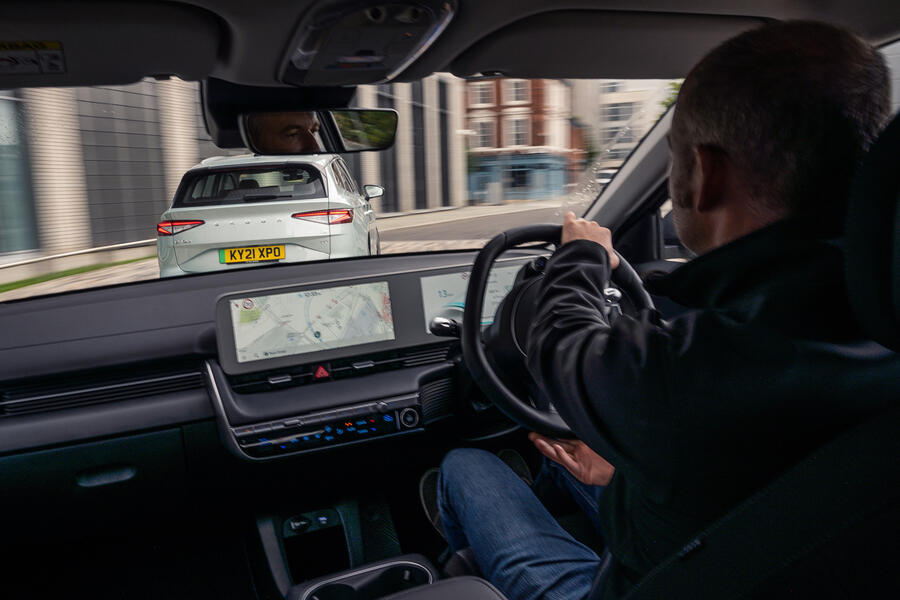
Smart step-off? Check. Brisk, warm-hatch-baiting acceleration up to about 60mph when the muscular urge begins to tail off? Yep. Near-silent power delivery? Indeed. And how about a Sport mode that adds hyperactive urgency to the throttle? But of course. The on-paper figures show the Hyundai has the upper hand in terms of all-out urge, but in reality there’s barely a charging cable’s width between the two.
Dig a little deeper, though, and you’ll discover each car possesses a personality of its own, albeit one that’s subtler and more deeply hidden than a traditional petrol or diesel alternative. For instance, despite its not inconsiderable length, the Enyaq is right at home carving up city streets thanks to a surprisingly tight sub-10m turning circle that gives it the about-face manoeuvrability of a black cab. The Ioniq 5 hits back with more effective one-pedal driving that allows you to almost completely steer clear of the friction brakes. Pull the left-hand paddle on the wheel and you engage the ‘i-Pedal’, which provides enough braking force when you lift off the throttle to bring you to a complete stop. Knock the Skoda into its ‘B’ mode and there’s decent regenerative retardation, but it’s nowhere near as effective as its rival’s.
Both cars have a reasonably firm edge to their low-speed rides, but the Skoda feels a touch stiffer, partly because its lower-profile tyres provide less cushioning than the Hyundai’s fatter sidewall, but both ride with commendable suppleness once you’ve broken free of the city limits. There’s more suspension noise in the Enyaq, though, from the rear in particular, while at motorway speeds there’s some wind rustle from the A-pillars. Overall, it’s the Hyundai that’s easier on your ears. Find some interesting roads and the differences are starker still.
Take the Hyundai first and you’ll discover accurate steering with some welcome heft. There’s no real feedback, but it’s easy to place the car, front-end grip is surprisingly strong and you can feel the rear axle coming into play as forces build, the Ioniq 5 swivelling around your hips with a definite sense of agility.
Hell, there’s even some genuine enjoyment to be had here. Lift the throttle and the Hyundai tightens its line nicely; switch off the traction control and you can even encourage the Ioniq 5 to indulge in the merest snifter of power oversteer out of tighter turns. It’s hard not to laugh. Push too hard, though, and the Hyundai starts to give up the fight against its not inconsiderable 1910kg mass, its body movements become more ragged as the dampers struggle to keep up and rapid direction changes result in some scrappy lurches this way and that.
In contrast, the Skoda delivers greater control at the limit, any waywardness reined in by dampers that refuse to become as discombobulated when put under extreme duress. Yet it’s also more uninspiring to drive, meaning you’re less likely to get such a wiggle on in the first place. There’s nothing fundamentally wrong with the Enyaq (it’s composed and accurate when stringing together a series of corners); it just doesn’t encourage spirited driving.
The steering is light and fairly lifeless, while the combination of narrower rubber at the front than back (235 section versus 255) means the Skoda simply washes wide at the limit. While the nose will come obediently into line when you back off, there’s no sense of adjustability, or any real visceral clues as to whether the car is being pushed or pulled by its drivetrain – which, given the likely clientele, is no doubt what the Czech firm’s engineers were hoping to achieve.
![]()
Of more interest to punters pondering a switch in motive power is how far each car will travel on a charge. Ah yes, the thorny subject of range. How did we get so far into an EV test without broaching it? Well, the truth is that for most people most of the time, it won’t really be an issue with either contender. Assuming you can charge at home with a wallbox (frankly, you shouldn’t be considering an electric car if you can’t do this), you’ll be able to undertake most journeys without ever troubling the public charging network, which at the moment is arguably a good thing.
Yes, the Skoda claims to stretch the energy in its lithium ion cells further, at 331 miles, but there’s not much in it and both will deliver a real-world range of well over 200 miles on an optimum 80% charge.
As an example, our Skoda made its way down to the Birmingham photo location from Leeds, while I drove the Hyundai from Hertfordshire. Both of us stopped en route for a 45-minute DC splash and dash, leaving us with a good 100 miles or so in reserve once we had returned home at the end of the day. Yes, it was more inconvenient than an ICE car, but not by much, and with better planning we could both have probably completed the 200-odd mile hop there and back without stopping.
If anything, the Enyaq has a little more range resilience, its distance-to-empty figure less bothered by sudden spurts of acceleration, air-conditioning use and driver mode. Yet the Hyundai hits back with its ready-to-run 350kW charging capability (80% charge in less than 20 minutes, if you can find the right charger), while the Skoda runs at 50kW maximum as standard, with an 125kW upgrade costing an extra £440, bringing that 80% time to a shade under 40 minutes.
So both are capable and usable EVs that will allow most people to ditch their piston-engined family hack without a backward glance or any meaningful change in driving habits, but which one gets the nod?
Well, the Enyaq certainly earned our respect and it’s currently the most convincing of the VW MEB siblings. It’s not the most adventurous to look at or sit in, but the reassuring familiarity makes it a less onerous proposition for those still undecided whether to ditch fossil fuels in favour of fast charging. It’s a thoroughly sensible choice and good value on the face of it, but one that does feel rather like the car as a consumer durable.
If you want a little more spark from your EV, then it has to be the Ioniq 5. Not only does it look great, but it sports an interior that’s equally bold and makes brilliant use of the electric car’s packaging possibilities, plus the 800V capability goes a long way to justifying its price premium. The Hyundai also delivers some genuine entertainment behind the wheel. Most importantly, it’s packed with just enough character to reassure those hooked on hydrocarbons that the future isn’t to be feared.

Hyundai Ioniq 5 Premium 73kWh RWD - FOUR STARS
Price £41,945 Engine Permanent magnet synchronous motor Power 214bhp Torque 258lb ft Gearbox 1-speed automatic Kerb weight 1910kg 0-62mph 7.3sec Top speed 115mph Battery 73/72.6kWh (total/usable) Range 298 miles CO2, tax band 0g/km, 1%
Skoda Enyaq iV 80 - FOUR STARS
Price £39,365 Engine Permanent magnet synchronous motor Power 215bhp Torque 229lb ft Gearbox 1-speed automatic Kerb weight 2032kg 0-62mph 8.2sec Top speed 99mph Battery 82/77kWh (total/usable) Range 331 miles CO2, tax band 0g/km, 1%
Can the charging network catch up?
As has been noted many times before, the UK’s charging network continues to lag some way behind the cars it’s designed to service. Shell has recently announced that it’s planning to add 50,000 on-street chargers by 2025, while Tesla is considering making its well-served Superchargers available to all EVs in the coming months.
All good news, but that doesn’t help in the here and now, when electric car owners remain at the mercy of a grid that’s underserved and often unreliable. For instance, when we tried to charge up at Beaconsfield Services on the M40, we found that two of the four Ionity chargers were out of action, while those that did work were a bit of a faff (a smartphone app had to be downloaded for it to work, contrary to the instructions on the charger), and although the 350kW service was fast, it wasn’t cheap (69p per kWh worked out at £28 for just over 150 miles of range, not far off the cost of petrol or diesel). Three of the four Gridserve 50kW (30p per kWh) units refused to give out electricity despite numerous false starts for us and other EV drivers with whom we commiserated. Bizarrely, the fourth appeared to be on a free vend…
However, fast-evolving battery technology means range is increasing all the time, and home charging can enable you to leave the house every day topped up. As a result, we might end up relying on public chargers less than we think.

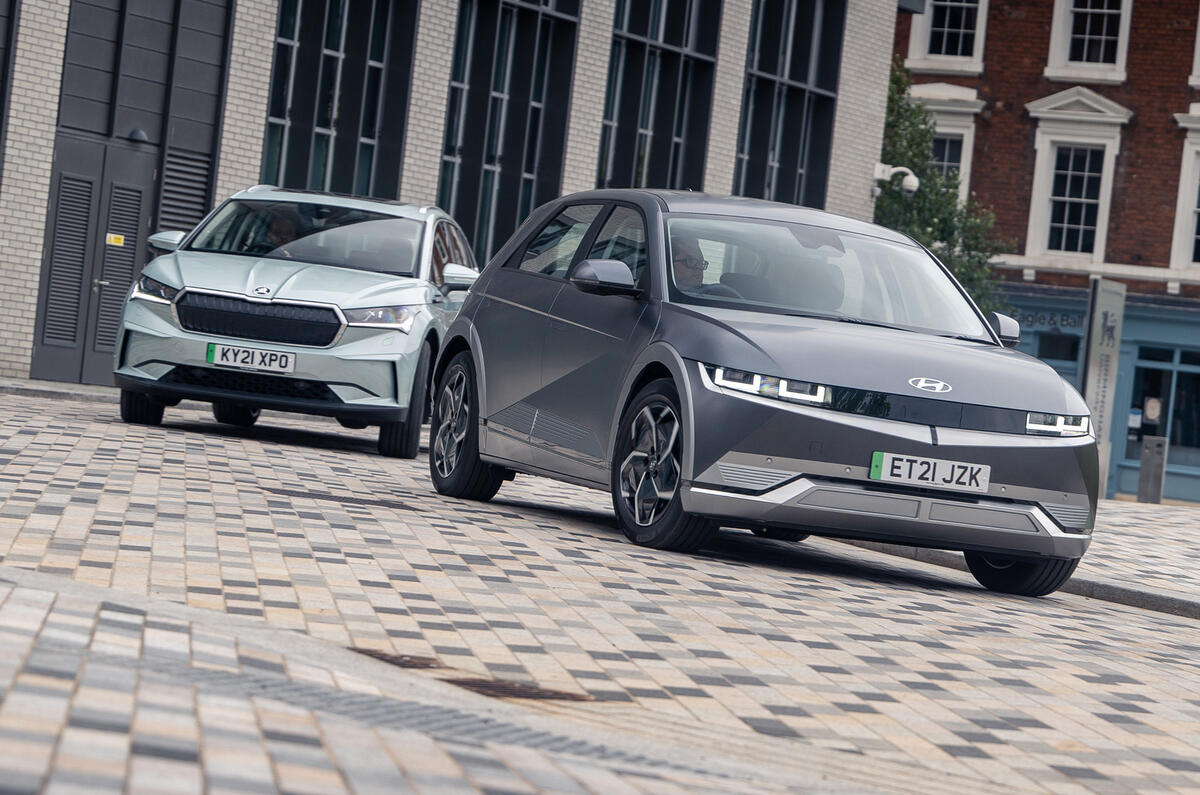
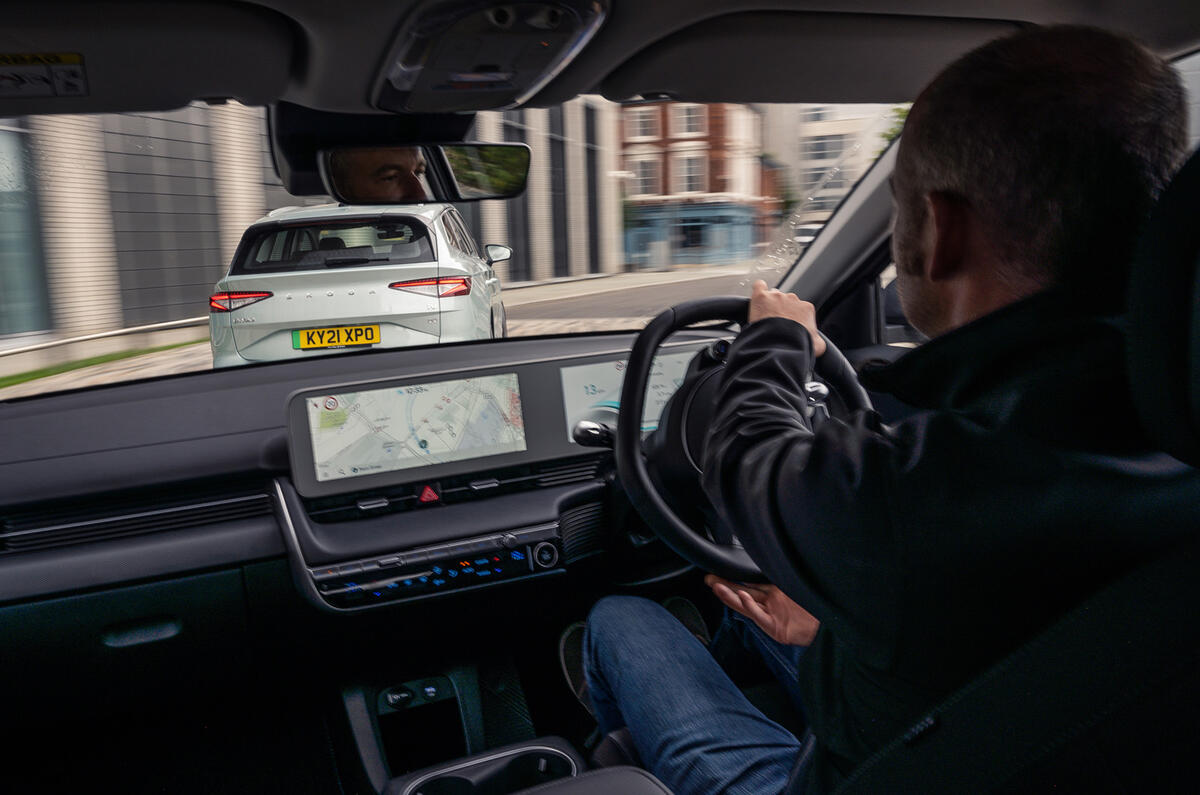
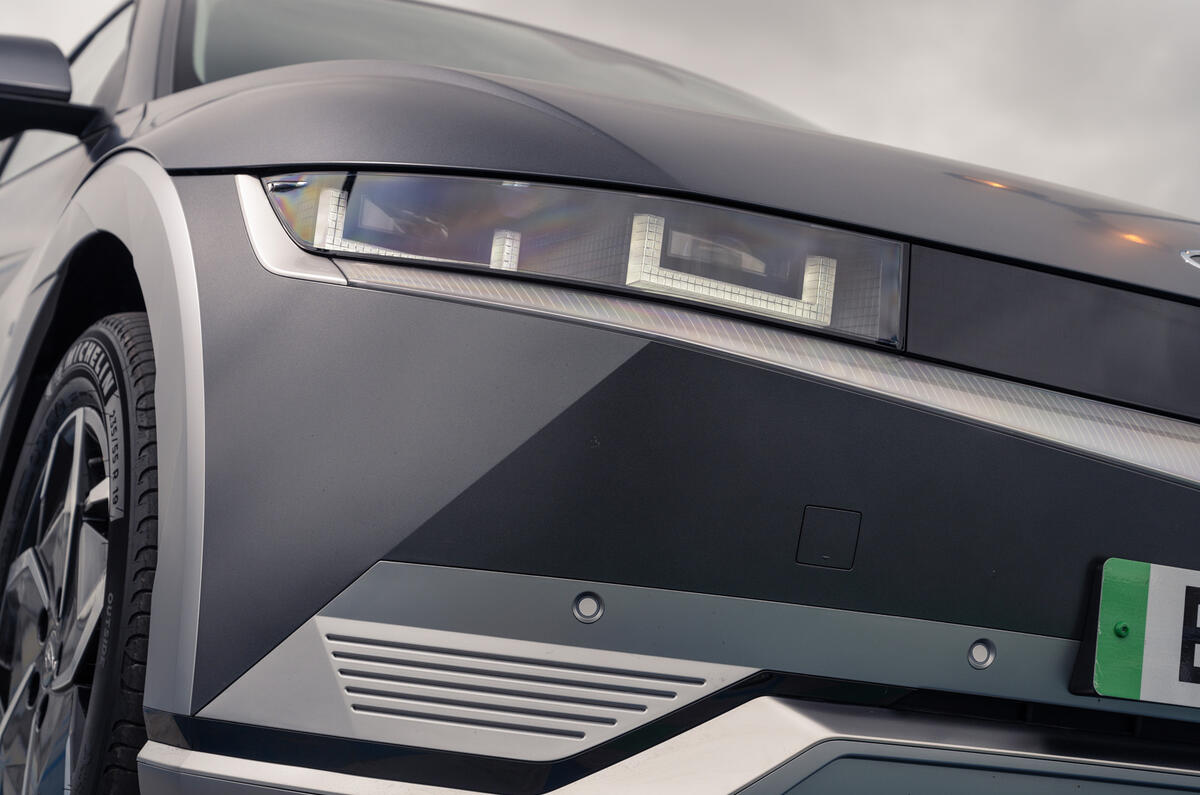
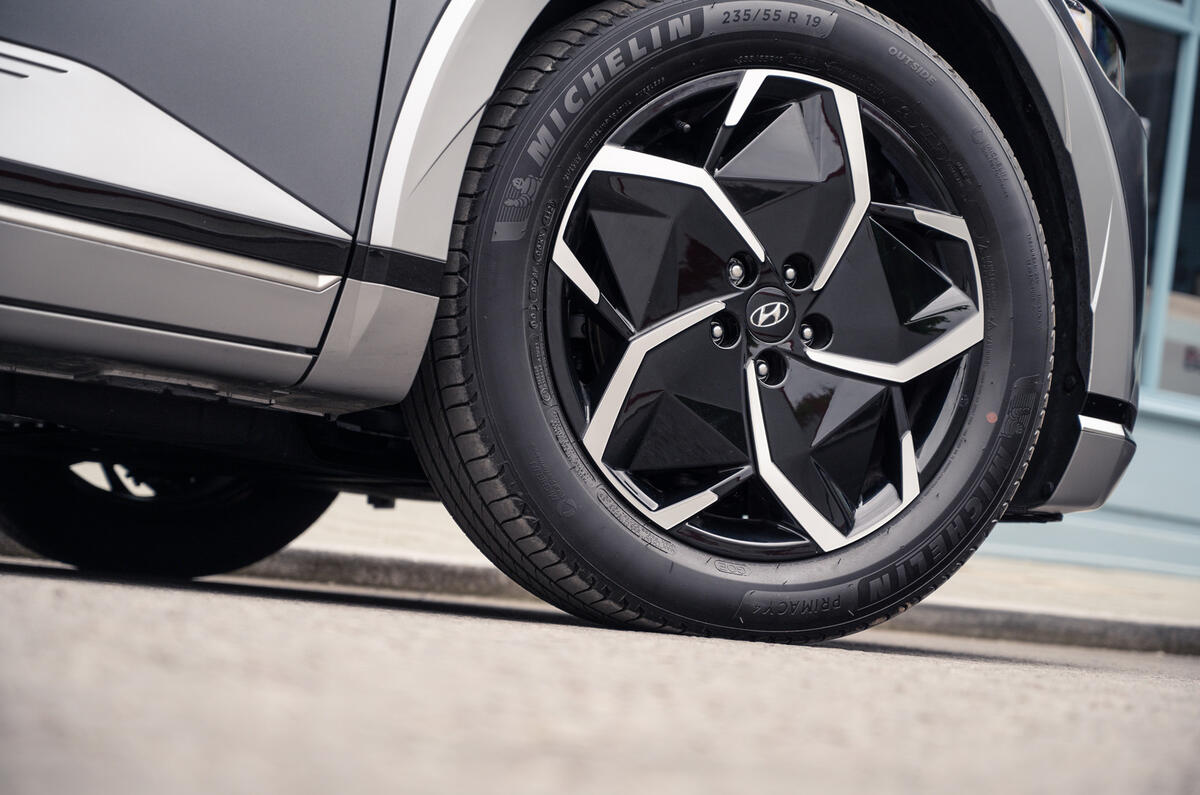
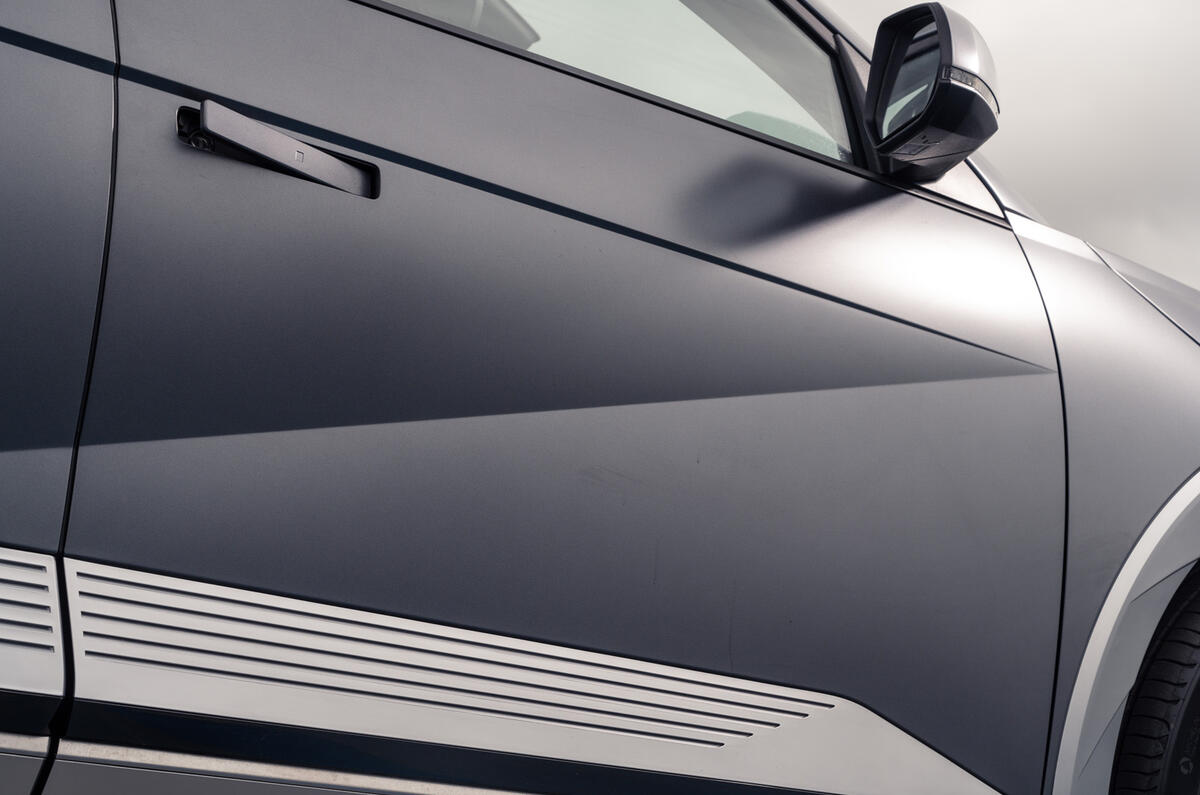
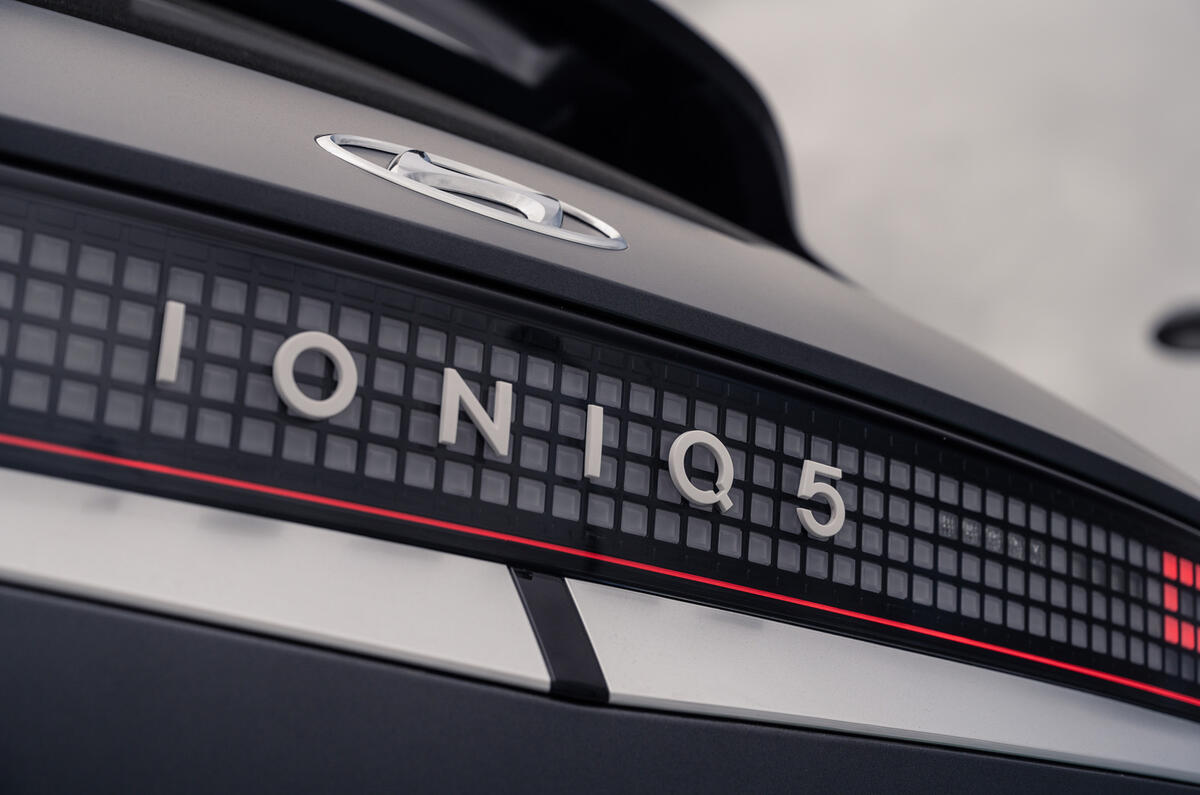


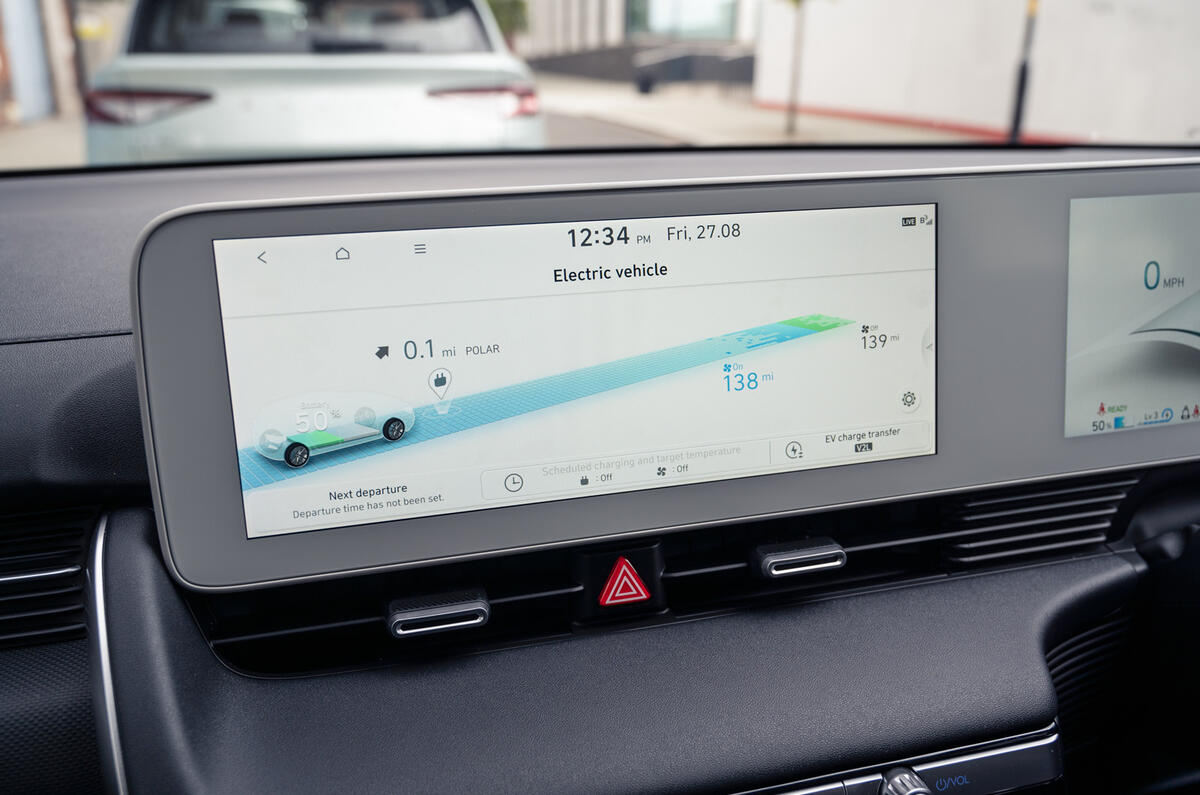


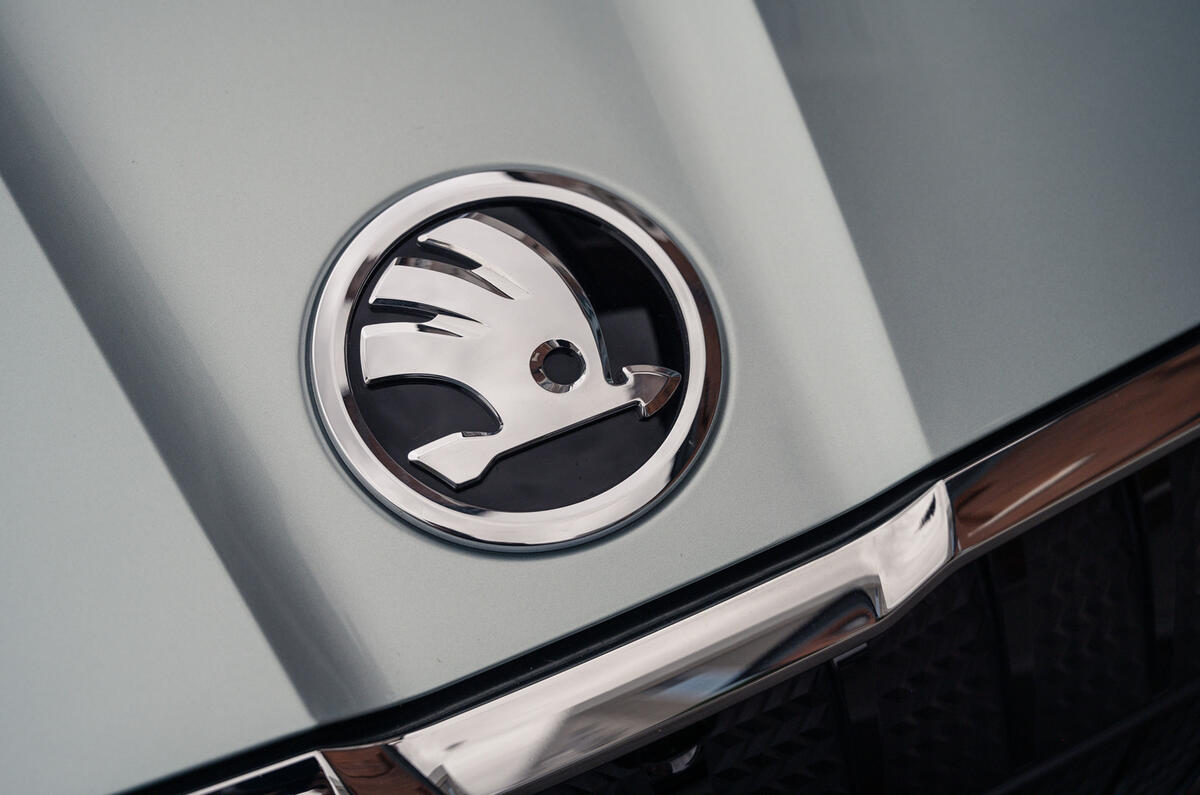
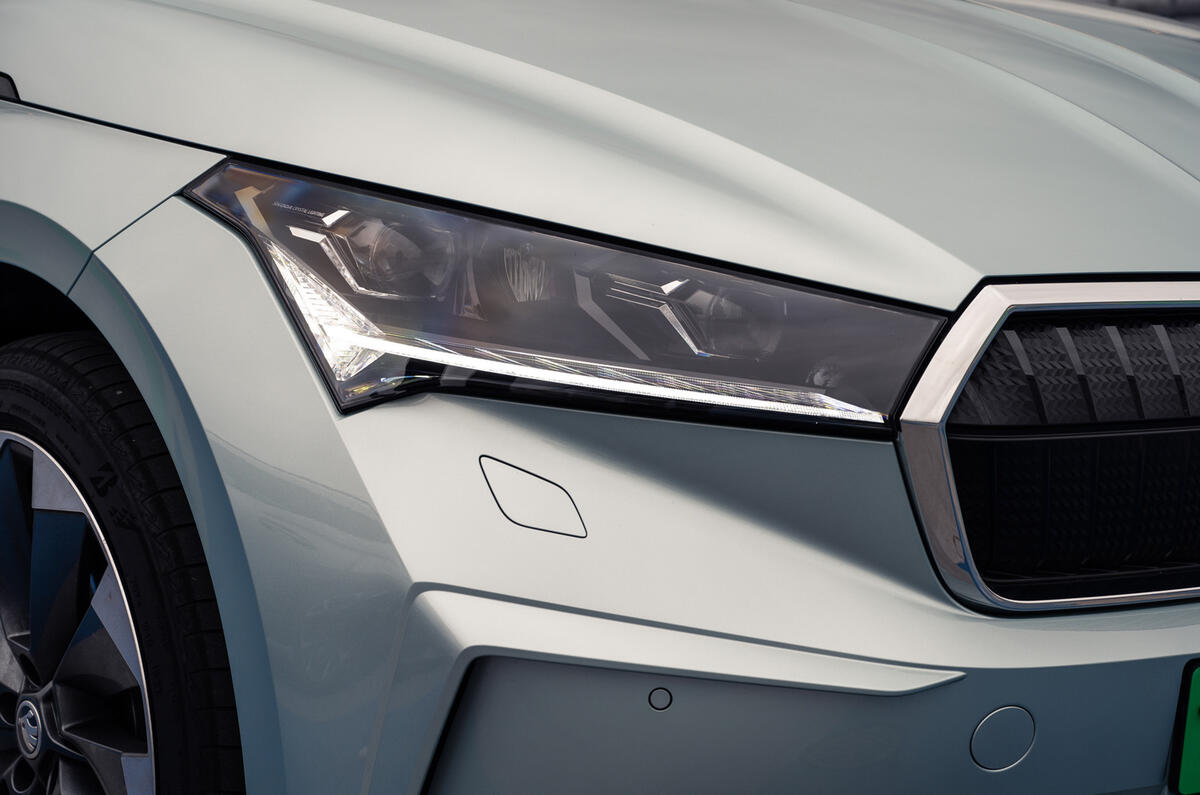
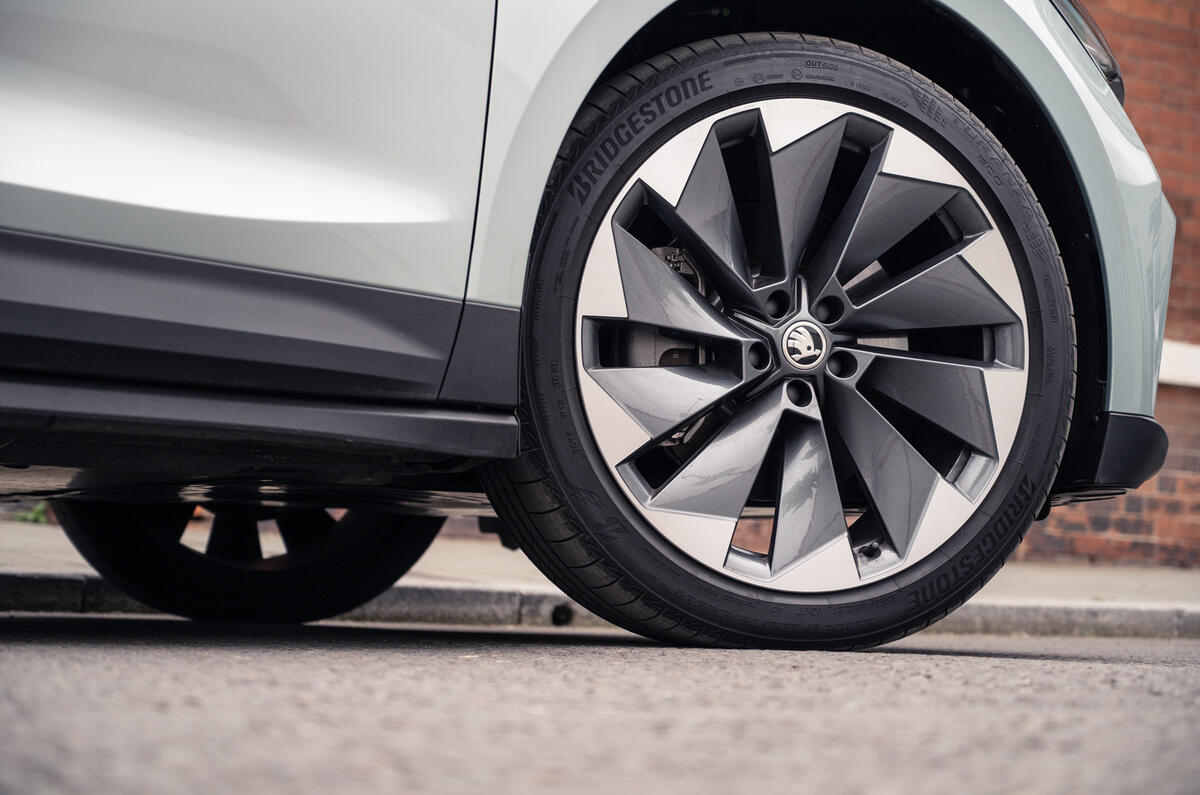
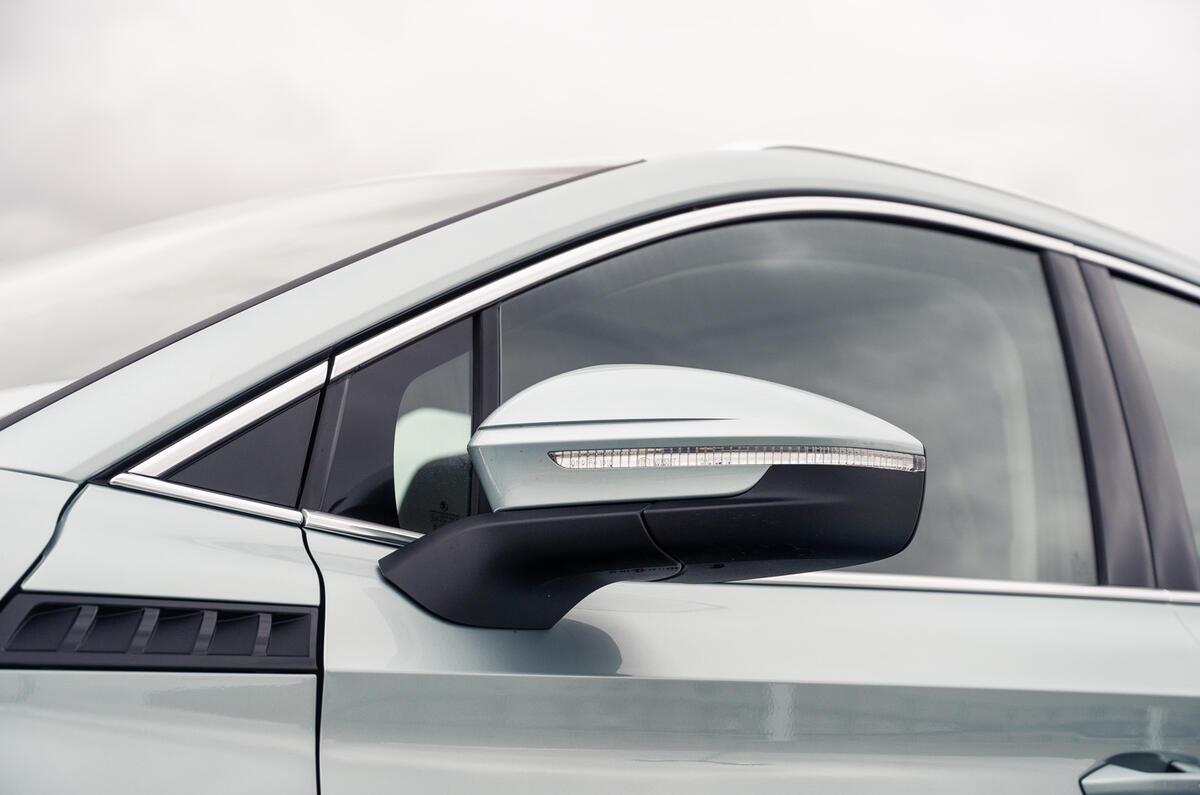
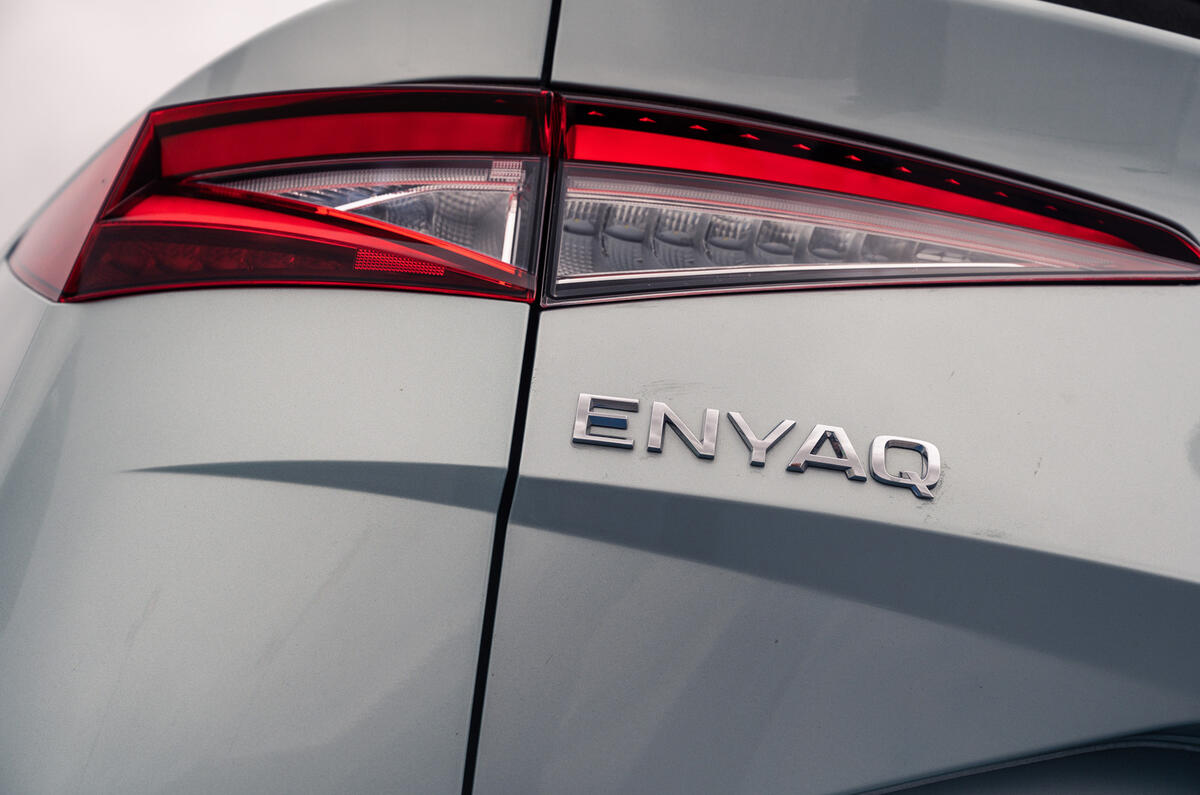
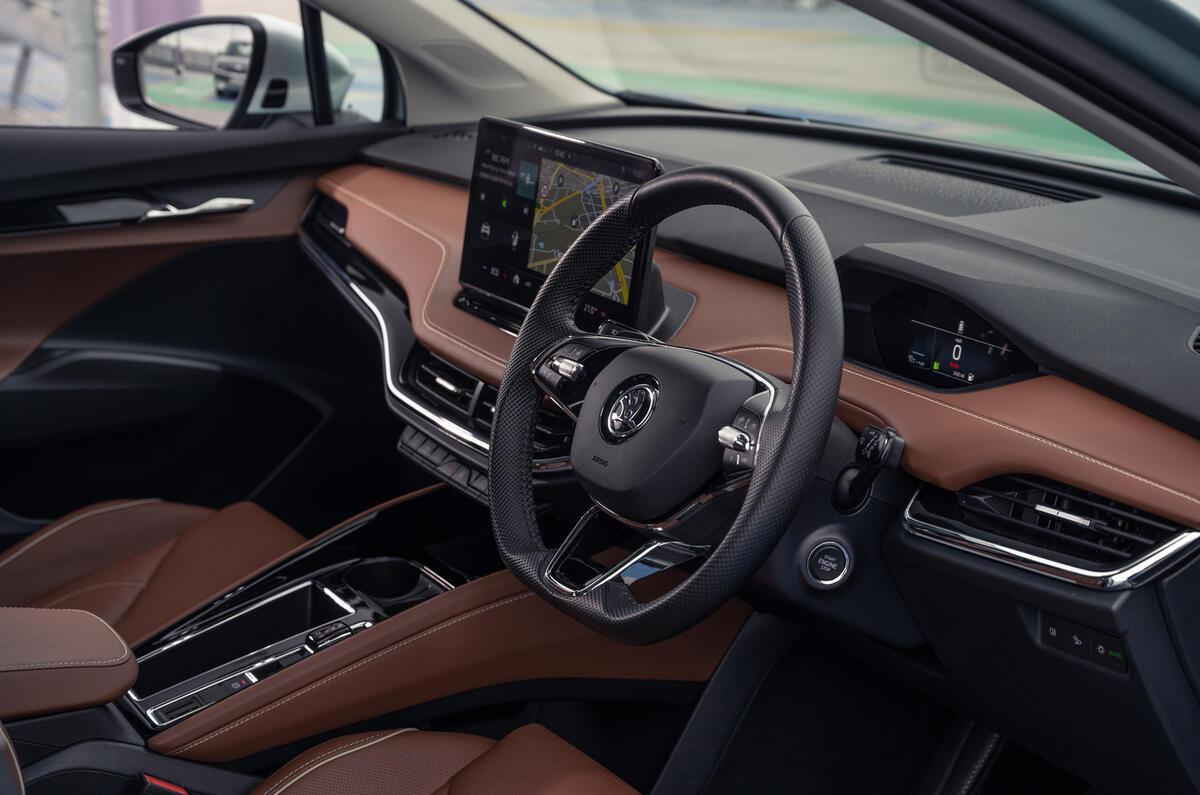
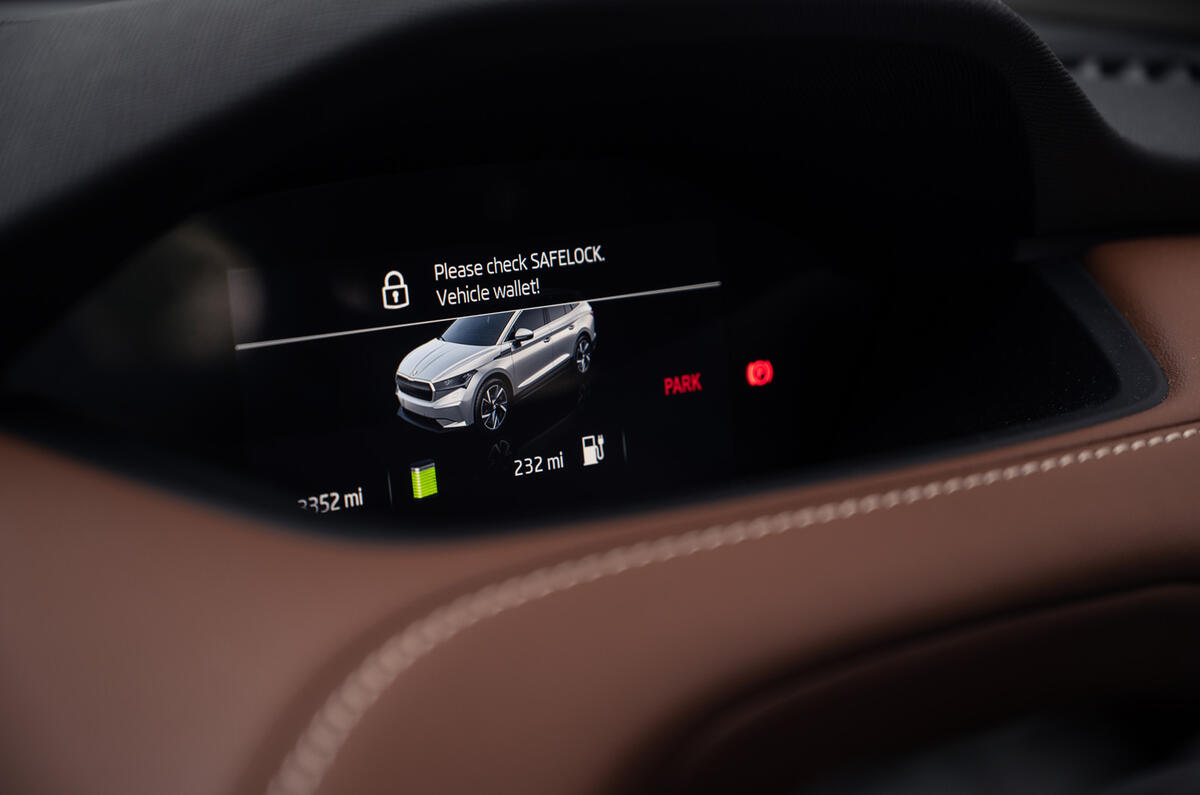

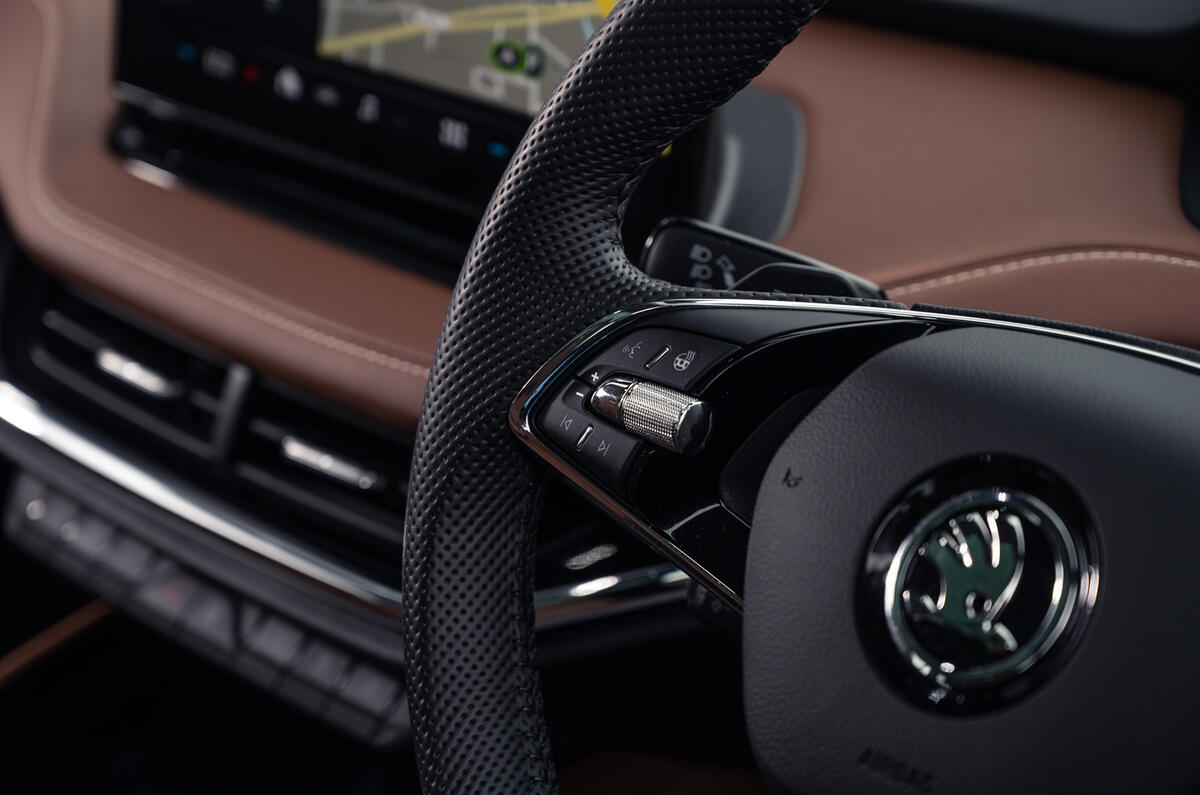
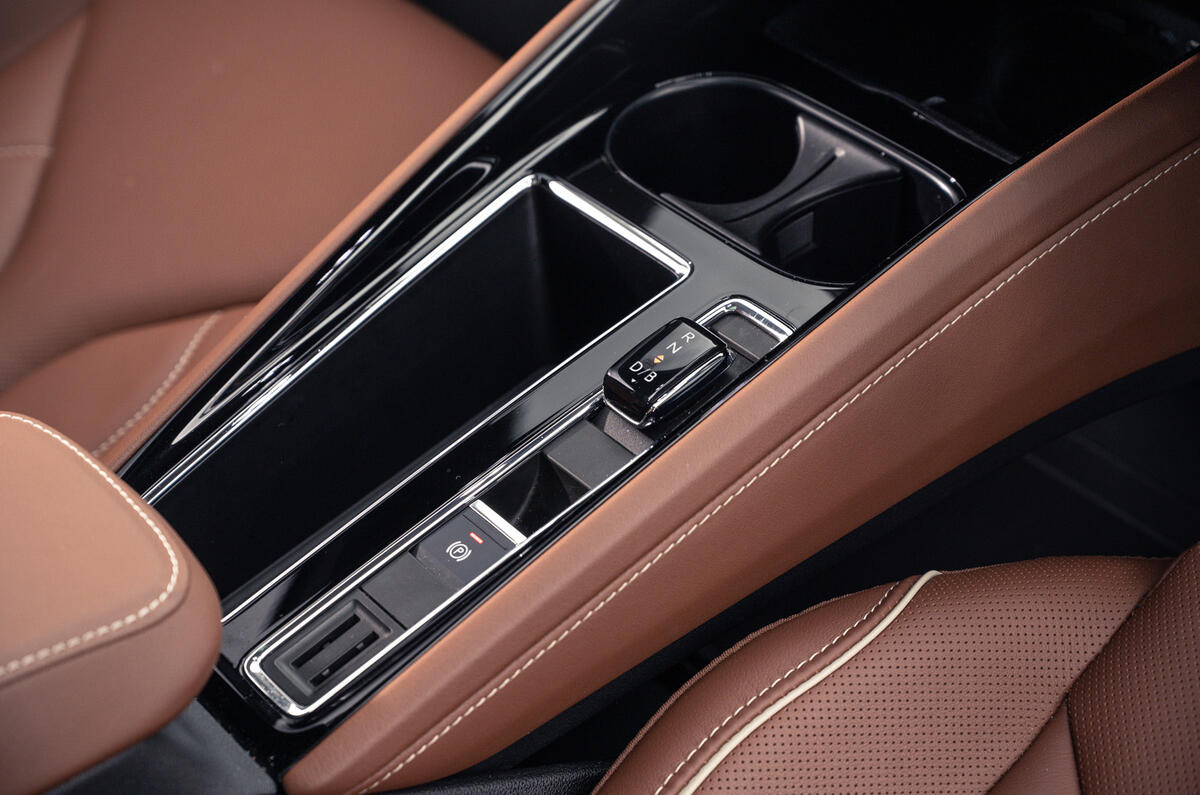
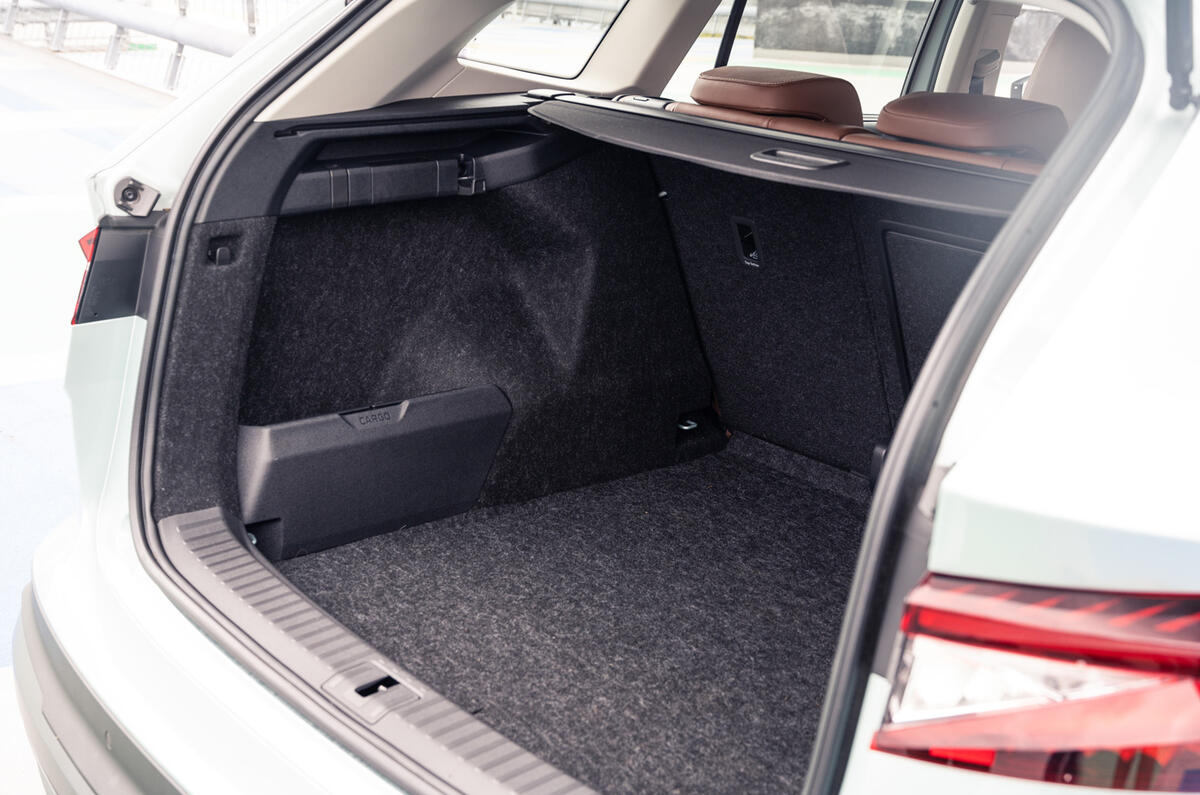
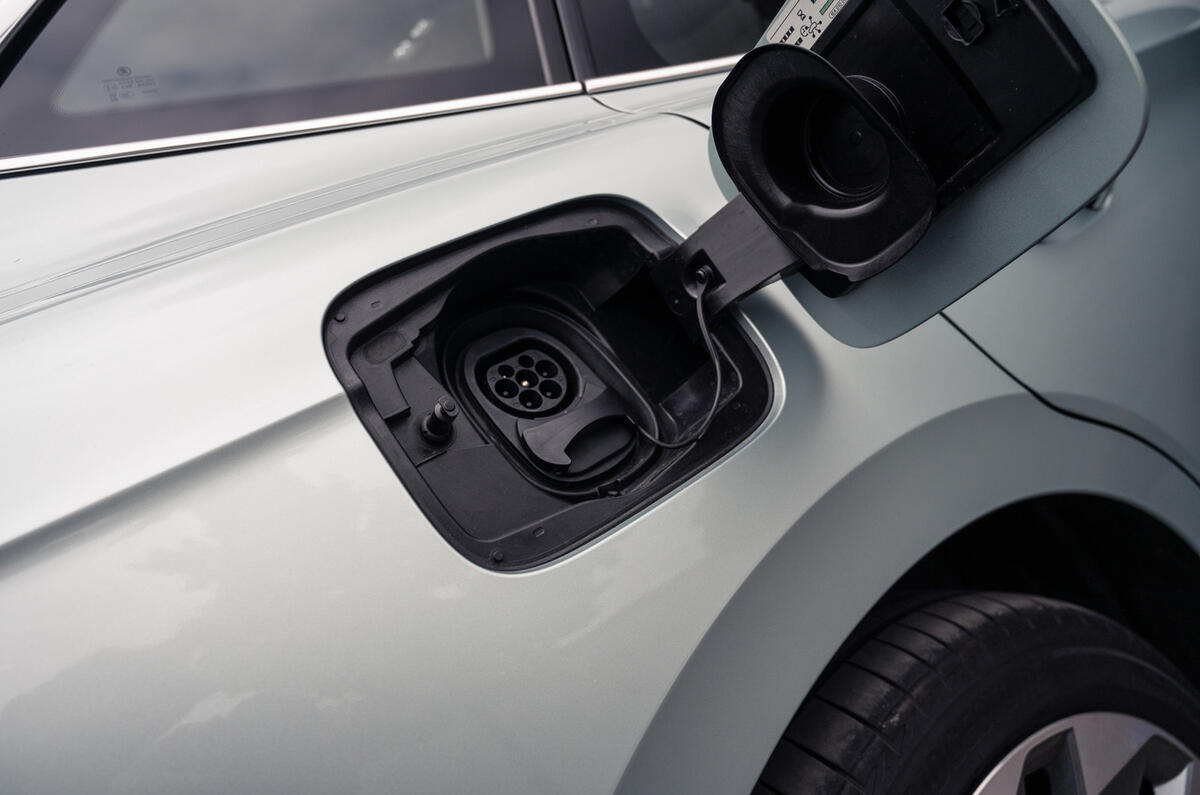
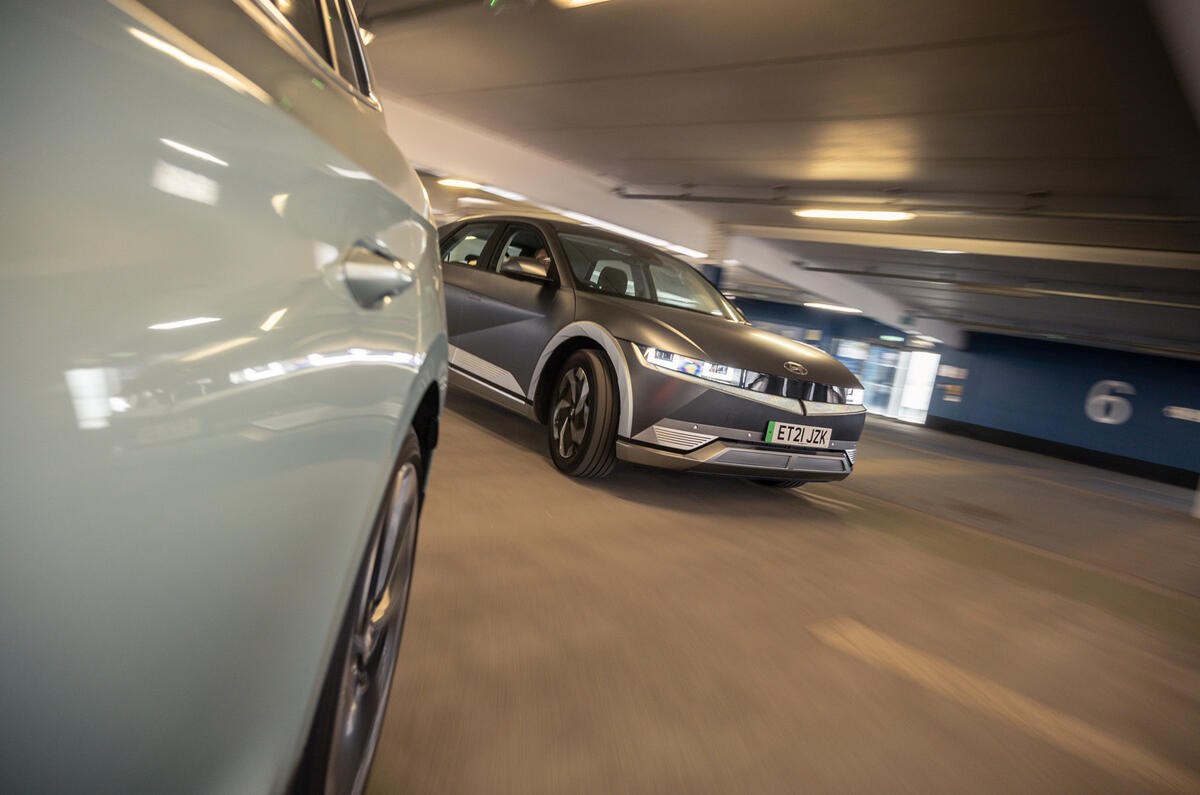
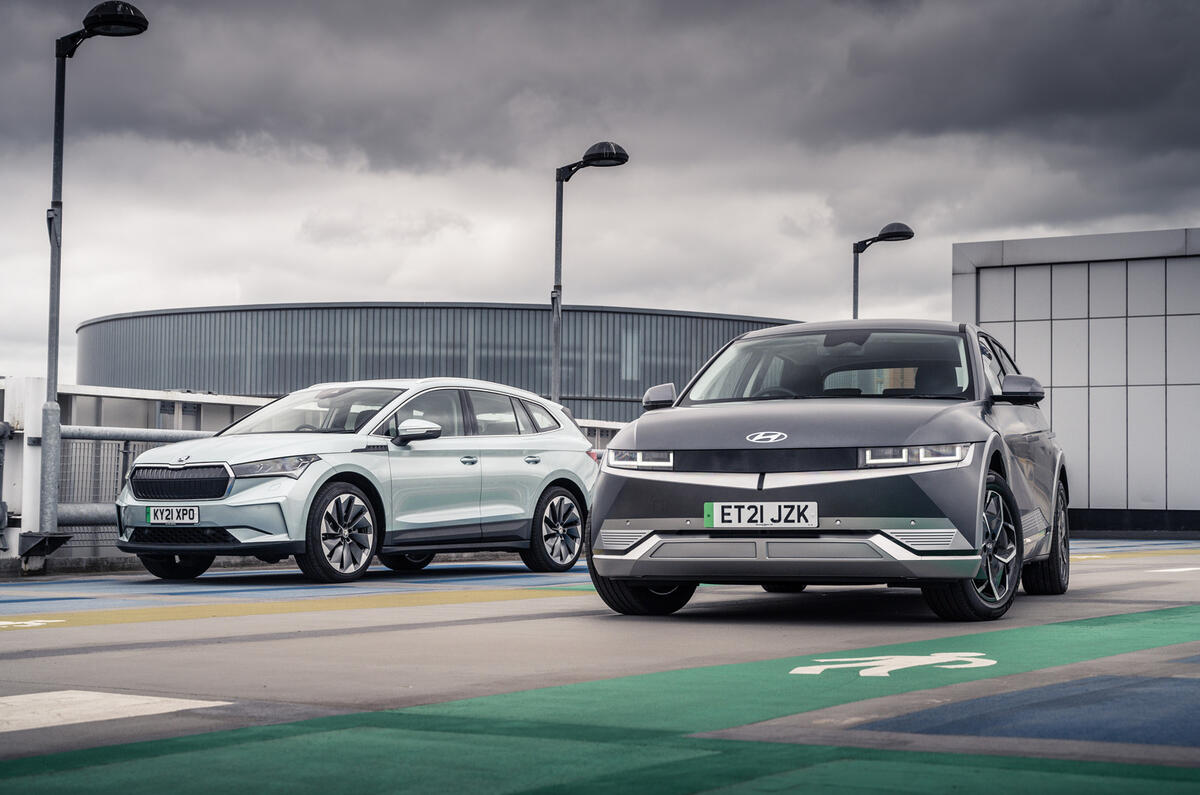
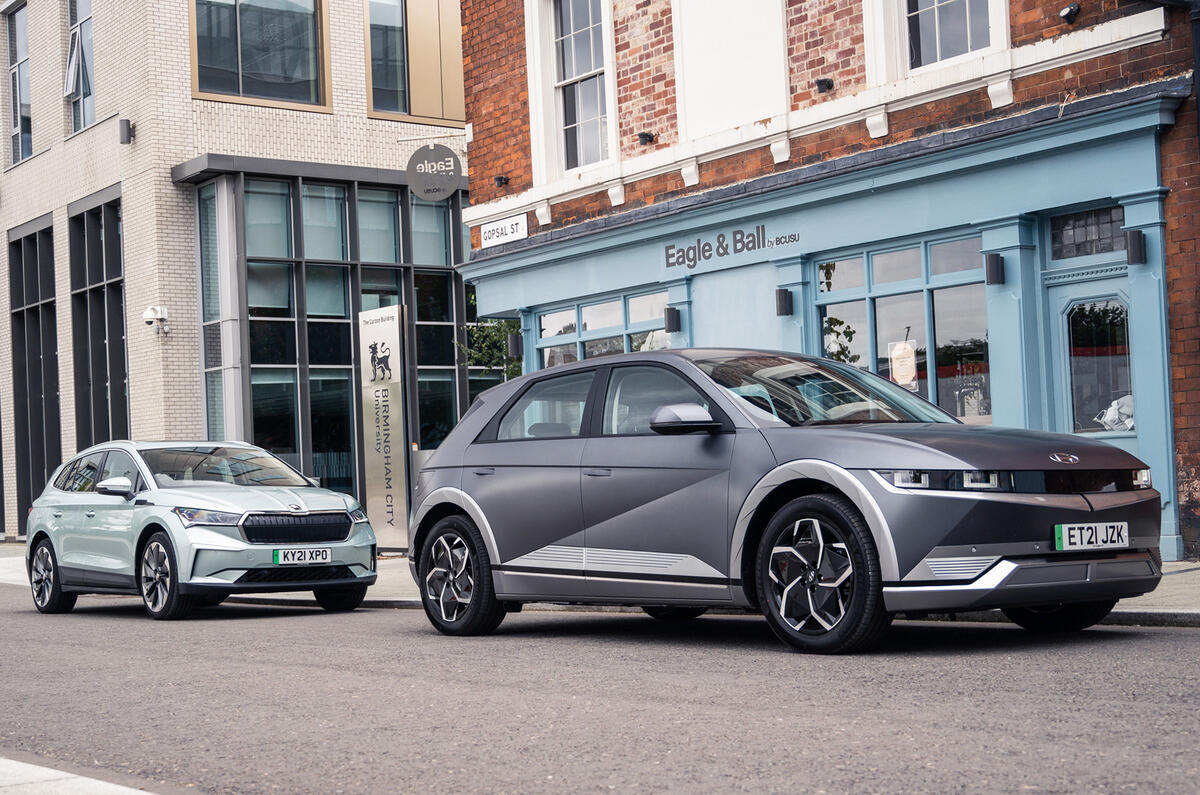
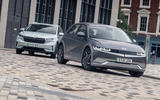







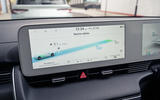
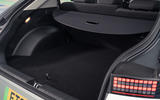


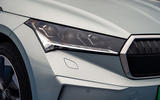




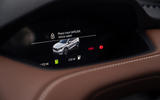



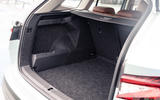

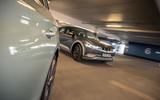
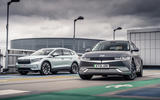
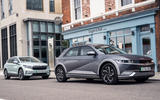





Join the debate
Add your comment
Start working from home! Great work for-Ever, Stay at Home Moms OR anyone needs an extra income. Get started. You only need a computer and a reliable computer connection so don’t get late try……. Profitloft.ga
I'm always amazed how many journalists seem to have gone native on the merits of these spin driers. Both drivers stopped "for a 45 minute DC splash and dash' but don't really seem to think that's a big problem. Who on earth takes a 45 minute stop at a blasted M-way services (a misnomer in most cases) on a 200 mile around trip? To me it's just madness. It's not the placebo "range anxiety" it's a disastrous limiting factor of all EVs so far. I'm in my 70s and if I want to go somewhere I want to get there as quickly as possible. I do not want to sit in some God-forsaken restaurant drinking appaling coffee and eating a wet sandwich to pass the time. Fill up, pay up and get out in under 5 minutes. It's called having an ICE car and until EVs can do a genuine 400 miles at 85 mph with the headlamps and heater and wipers and music, sat nav all working I'm out, thank you very much. I also don't know why we can't get that "worst possible" range from Autocar testers instead of the rambling "real world" anecdotes supplied. C'mon Autocar you can do it!
It's a question of whether you are willing to recognize and adapt to the new reality ... unless you don't believe that climate change is man-made or that ICE cars are a major contributor.
Both of these cars do more than 200 miles on a full charge, and the Ioniq 5 can top up in 20 minutes at an Ionity charger.
If you aren't taking 20 minute breaks during >400-mile journeys, I'd suggest you change your habits *regardless of fuel type*, because that isn't healthy.
Obviously not a disastrous limiting factor else they wouldn't be selling in ever increasing numbers. Besides quite alot of people may only ever use a public charger once a year.
For thenm maybe the shear thought of queueing up once a week for 10 minutes on a grubby forecourt rather than sleeping whilst their car chargers overnight is a limiting factor.
But as company cars not so good. The domestic energy crisis has seen electricity rates jump to over 20p kwh. If a good EV driven gently does 4 miles per kwh, its now costing you just over 5p per mile. But the current HMRC EV advisory fuel rate is still only 4p per mile. So many company drivers will be part subsidising their business travel losses from their own pockets. So glad a couple of months ago I didn't order that Tesla I nearly did!
I'm paying 5p/kWh for overnight electricity, which works out to 1.4p per mile in my i3S. Admittedly time-of-use tariffs do require a smart meter, and it usually takes a few months to schedule an installation.
Emmm over 20p a kwh, made that up a bit quick, also expect to pay nearly half that for off peak, i.e. when you'd charge a BEV 90 percent of the time.